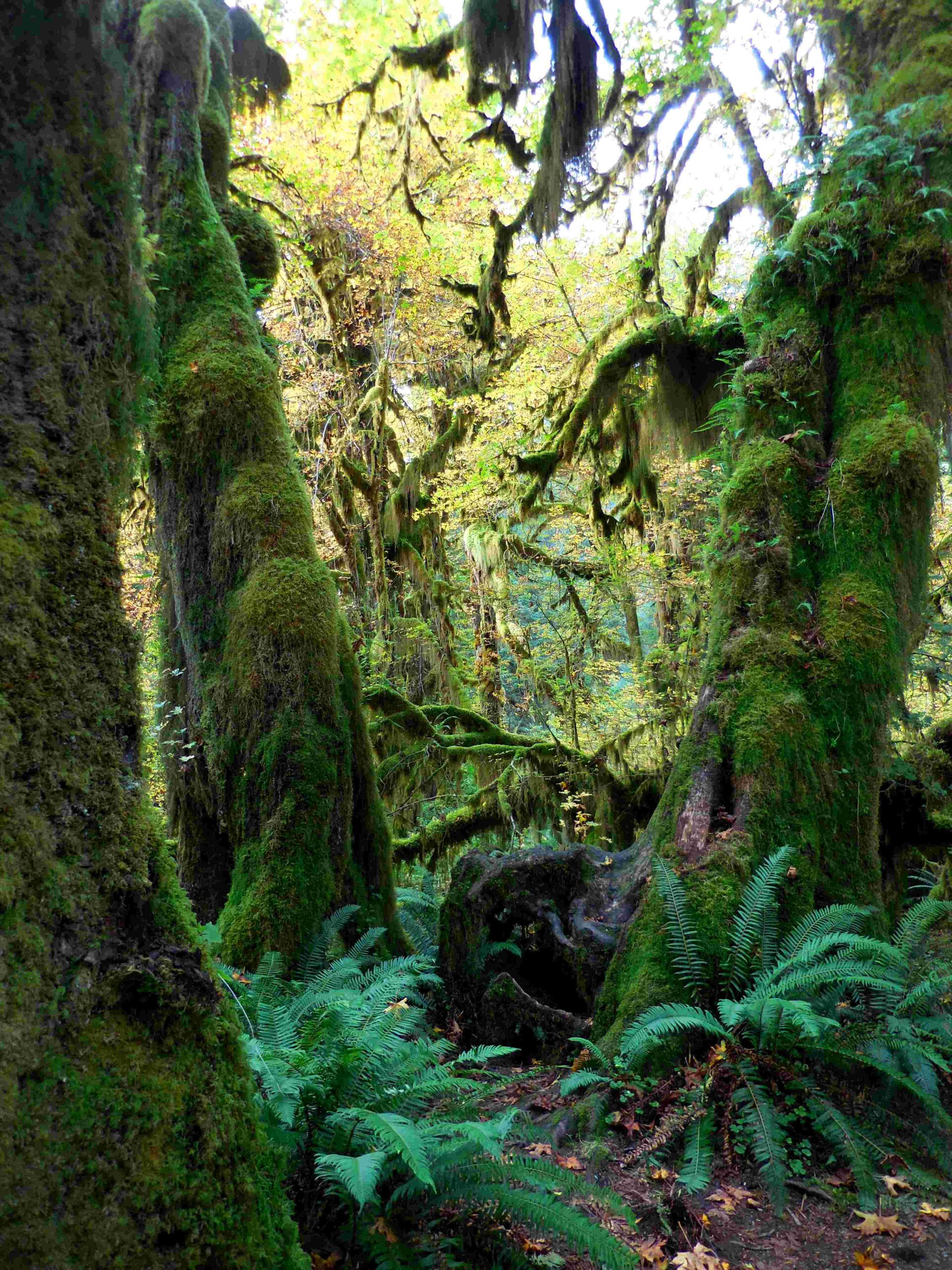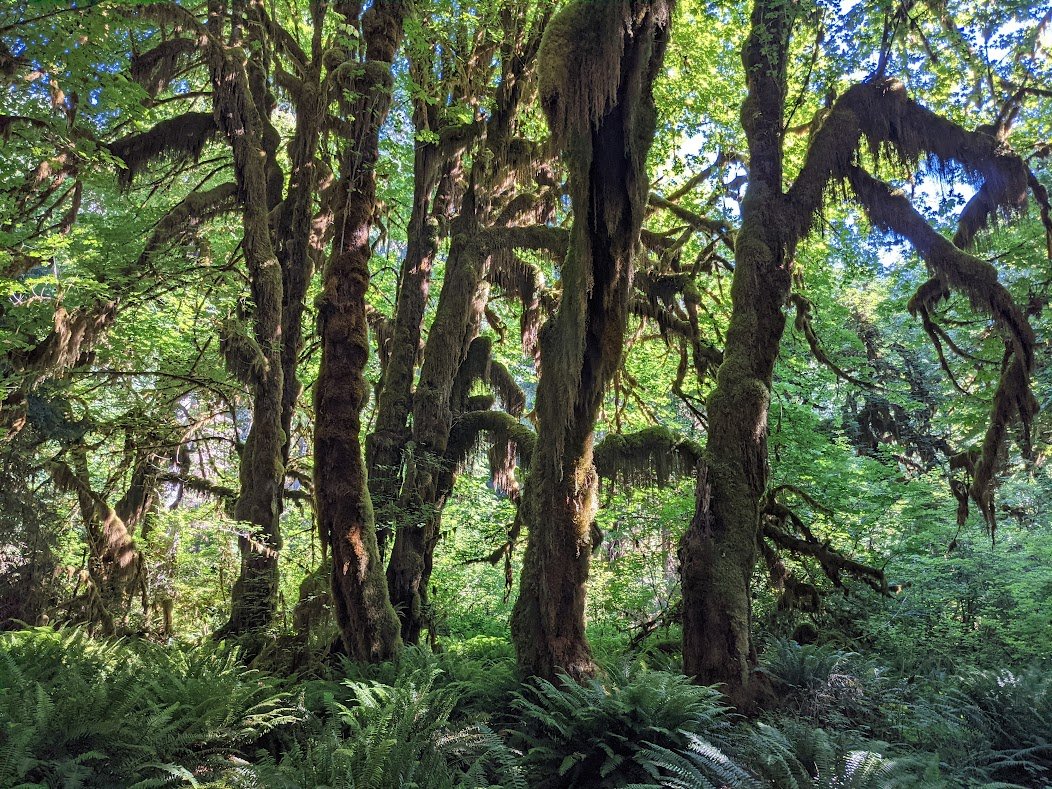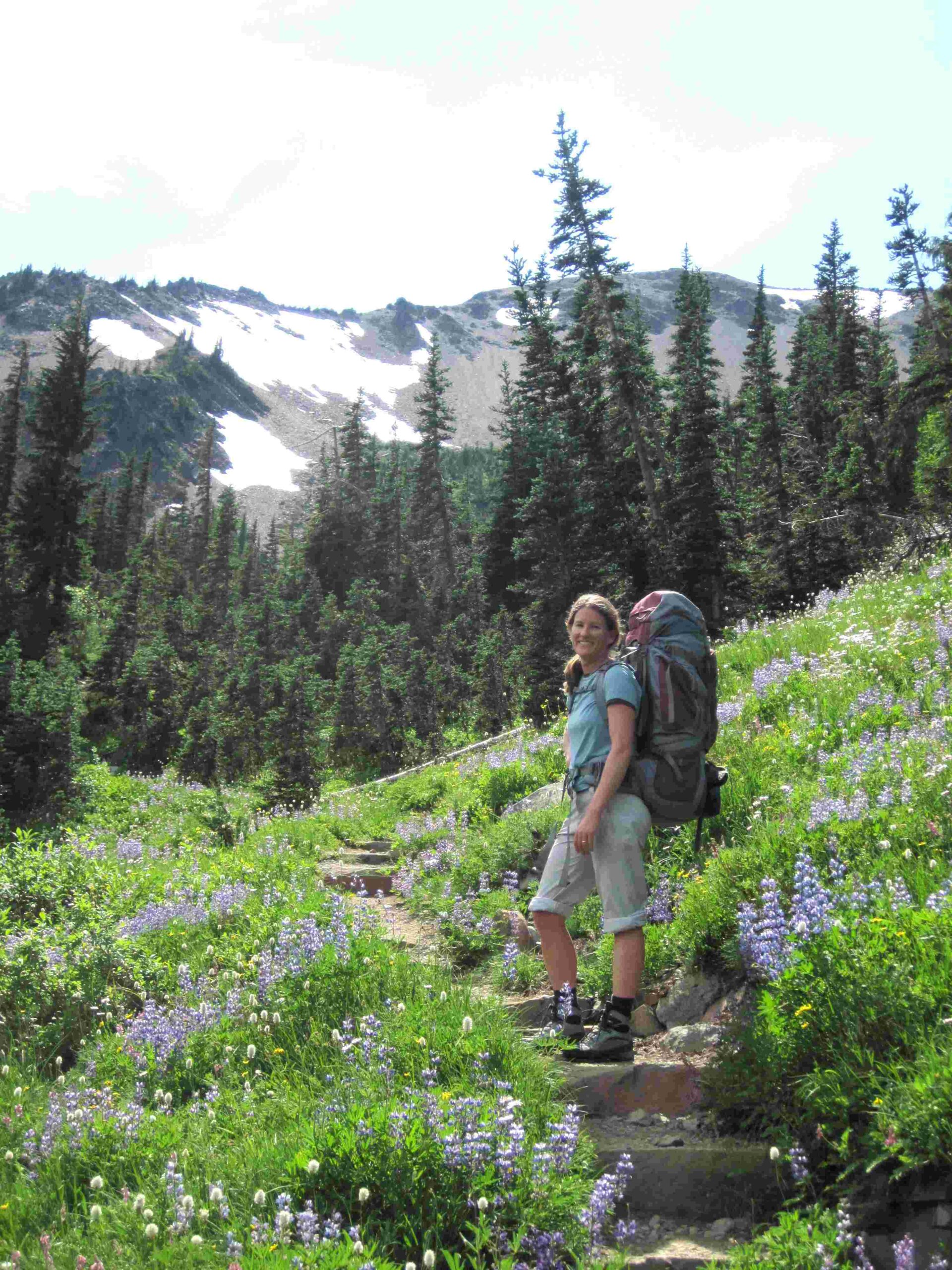Olympic National Park, a diverse wilderness spanning nearly a million acres, is easily accessible from Port Angeles, Washington. The park’s main attractions, including Hurricane Ridge, Lake Crescent, Sol Duc Valley, and the Hoh Rain Forest, are located at varying distances from Port Angeles. Hurricane Ridge, the closest major destination, is just 17 miles south of Port Angeles, while the Hoh Rain Forest is about 120 miles southwest. This guide provides detailed information on distances, driving times, and access points to help visitors plan their Olympic National Park adventure.
What is the Exact Distance from Port Angeles to Olympic National Park’s Main Attractions?

Olympic National Park’s diverse landscapes are spread across a vast area, with different attractions located at varying distances from Port Angeles. Here’s a breakdown of the distances to key locations:
- Hurricane Ridge: 17 miles south of Port Angeles
- Heart O’ the Hills Campground: 12 miles south of Port Angeles
- Lake Crescent: Approximately 28 miles west of Port Angeles
- Sol Duc Valley: About 40 miles west of Port Angeles
- Hoh Rain Forest: Approximately 120 miles southwest of Port Angeles
These distances provide a clear picture of the park’s layout and help visitors plan their itinerary based on their interests and available time.
How Long Does it Take to Drive from Port Angeles to Different Parts of Olympic National Park?

Driving times to Olympic National Park’s attractions vary depending on the destination, road conditions, and traffic. Here’s an estimated breakdown:
| Destination | Estimated Driving Time |
|---|---|
| Hurricane Ridge | 40 minutes |
| Lake Crescent | 1 hour 10 minutes |
| Sol Duc Valley | 1 hour 40 minutes |
| Hoh Rain Forest | 2-3 hours |
These driving times assume normal traffic conditions and good weather. It’s always advisable to check current road conditions and allow extra time for unexpected delays or scenic stops along the way.
What are the Main Access Points and Routes from Port Angeles to Olympic National Park?
Olympic National Park has several access points from Port Angeles, each leading to different areas of the park:
-
Hurricane Ridge Road: This 17-mile scenic drive leads directly to Hurricane Ridge, offering stunning views of the Olympic Mountains and access to popular trailheads like Hurricane Hill and Klahhane Ridge.
-
US-101 West: This highway is the main route to reach Lake Crescent, Sol Duc Valley, and eventually the Hoh Rain Forest. It offers a scenic drive along the northern edge of the Olympic Peninsula.
-
Obstruction Point Road: Branching off from Hurricane Ridge Road, this seasonal, unpaved road provides access to more remote areas of the park’s high country.
-
Heart O’ the Hills Parkway: This road connects Port Angeles to the Heart O’ the Hills Campground, a year-round camping option just 5 miles from the city.
Each of these routes offers unique views and access to different park features, allowing visitors to tailor their experience based on their interests and time constraints.
What Transportation Options are Available from Port Angeles to Olympic National Park?
While driving is the most common and flexible way to explore Olympic National Park, there are other transportation options available:
-
Personal Vehicle: Offers the most flexibility and is ideal for reaching all areas of the park.
-
Public Transit: Clallam Transit operates a seasonal shuttle service between downtown Port Angeles and Hurricane Ridge during summer months. This can be a convenient option for those without a car or who prefer not to drive on mountain roads.
-
Guided Tours: Several companies offer guided tours from Port Angeles to various park destinations, which can be a good option for those seeking in-depth information about the park’s ecology and history.
-
Bicycle: For adventurous travelers, cycling to nearby park areas like Hurricane Ridge is possible, though it requires significant physical effort due to the elevation gain.
Each mode of transport has its advantages, and the best choice depends on your travel style, physical abilities, and the specific areas of the park you wish to visit.
What Amenities and Facilities are Available at Olympic National Park Entrances Near Port Angeles?
The amenities and facilities at Olympic National Park entrances vary depending on the location. Here’s an overview of what visitors can expect:
Hurricane Ridge
- Visitor Center (currently being rebuilt after 2023 destruction)
- Gift shop
- Seasonal cafe
- Restrooms
- Picnic areas
- Trailheads for various hiking routes
Heart O’ the Hills Campground
- 105 campsites
- Restrooms
- Potable water
- Fire pits and picnic tables
Lake Crescent
- Lake Crescent Lodge (seasonal)
- Boat launches
- Picnic areas
- Trailheads for popular hikes like Marymere Falls
Sol Duc Valley
- Sol Duc Hot Springs Resort (seasonal)
- Campground
- Picnic areas
- Trailheads for various hikes
Hoh Rain Forest
- Visitor Center
- Bookstore
- Exhibits
- Restrooms
- Self-guided nature trails
It’s important to note that services and facilities may be limited or closed during winter months, especially in the park’s higher elevation areas like Hurricane Ridge.
How Can Visitors Best Plan Their Trip from Port Angeles to Olympic National Park?
Planning a trip from Port Angeles to Olympic National Park requires consideration of several factors:
-
Time Available: Determine how much time you have for your visit. A day trip can cover Hurricane Ridge or Lake Crescent, while a multi-day trip allows exploration of more distant areas like the Hoh Rain Forest.
-
Interests: Decide what you want to see. Are you interested in mountain vistas, old-growth forests, or coastal areas? This will help you prioritize which park areas to visit.
-
Season: Check the park’s seasonal information. Some areas, like Hurricane Ridge, have limited access in winter, while others are best visited in specific seasons (e.g., wildflower meadows in late spring/early summer).
-
Accommodations: If staying overnight, book accommodations in advance, especially during peak summer months. Options range from campgrounds within the park to hotels in Port Angeles.
-
Park Passes: Purchase a park pass in advance to save time at entrance stations. Annual passes are available for frequent visitors.
-
Trail Conditions: Check current trail conditions and any alerts on the park’s official website before setting out on hikes.
-
Weather: Olympic National Park’s weather can be unpredictable. Pack layers and rain gear, regardless of the forecast.
-
Fuel and Supplies: Fill up your gas tank in Port Angeles and stock up on supplies, as services within the park can be limited.
By considering these factors and using the distance and driving time information provided earlier, visitors can create an itinerary that maximizes their Olympic National Park experience while starting from the convenient base of Port Angeles.

